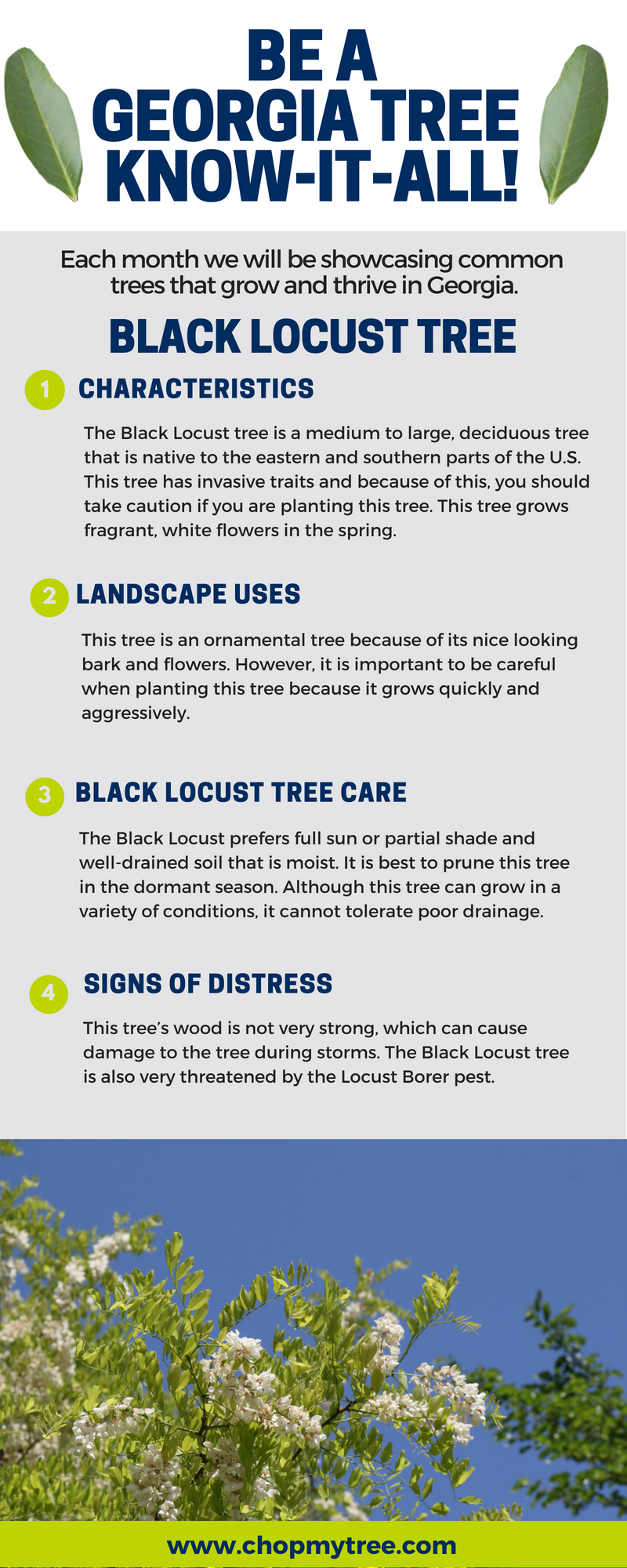Care After Tree Elimination: Effective Ways To Rejuvenate Your Landscape
Care After Tree Elimination: Effective Ways To Rejuvenate Your Landscape
Blog Article
Post By-Powell Als
After a tree's removal, your landscape might look fairly different, and it's important to analyze the consequences very carefully. You'll want to review the dirt disturbance and examine surrounding plants for any kind of signs of anxiety. Ignoring these elements can cause larger issues down the line. So, what should you make with those stumps and origins? And how do you choose the best plants for your revitalized space? Let's explore these essential steps.
Evaluating the Consequences: Reviewing Your Landscape
After a tree elimination, it's crucial to evaluate your landscape to comprehend the impact it carries your yard.
Beginning by examining the area where the tree stood. Look for indicators of soil disruption, and inspect the bordering plants for any type of tension or damage.
You need to also bear in mind of how the elimination has transformed sunshine direct exposure and airflow in your yard. This shift can impact the development of close-by plants, so it's vital to examine their wellness.
Think about the aesthetic facets too; the elimination might create an open space that you can redesign.
Finally, think of any prospective disintegration problems that may develop from the tree's lack. Dealing with these variables early will aid restore balance to your landscape.
Managing Stumps and Roots: Choices for Removal
Once you've analyzed the after-effects of the tree removal, you'll likely require to take on the stump and roots left.
You have a few alternatives for removal. One efficient approach is stump grinding, where a specialist utilizes an equipment to grind the stump to below ground level. This approach leaves minimal disturbance to your landscape.
If you like a DIY method, you can make use of a combination of excavating and chemical stump eliminators. Just keep in http://www.yext.com/partnerpages/aroundme/precision-timber-felling-loveland-colorado-us-bee622 , this procedure can take time and effort.
Additionally, think about leaving the stump as an all-natural attribute, which can act as a distinct yard aspect or habitat for wildlife.
Whatever you select, addressing the stump and origins is important for restoring your landscape.
Selecting the Right Plant Kingdoms for Your New Room
As you analyze your freshly cleared space, choosing the right plants can considerably improve your landscape's beauty and performance.
Begin by taking into consideration the sunlight and soil problems. For bright locations, select drought-resistant plants like lavender or succulents. In shaded spots, brushes and hostas grow well.
Think about the dimension and growth behaviors of your plants; mix perennials and annuals for seasonal range. Don't fail to remember to include indigenous varieties; they require much less maintenance and support neighborhood wild animals.
go to this web-site in strange numbers for a more natural appearance and create layers for aesthetic depth.
Lastly, ensure you have a mix of shades and structures to keep your landscape lively throughout the seasons.
Satisfied planting!
Final thought
Finally, restoring your landscape after tree removal is a satisfying procedure. By assessing the aftermath, dealing with stumps and origins, and selecting the right plants, you'll develop a successful setting. Don't forget to integrate disintegration control steps to secure your dirt. With a little effort and treatment, you can transform your room right into a lively yard that boosts your building. Welcome the possibility to rejuvenate your landscape and take pleasure in the elegance of nature right in your yard!
